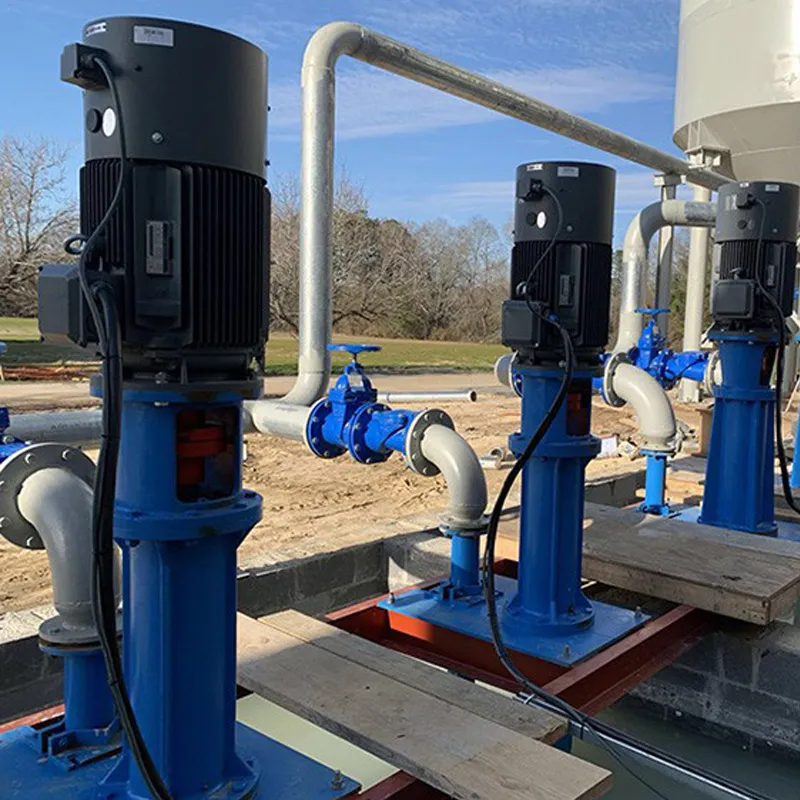Hebrew
- Afrikaans
- Albanian
- Amharic
- Arabic
- Armenian
- Azerbaijani
- Basque
- Belarusian
- Bengali
- Bosnian
- Bulgarian
- Catalan
- Cebuano
- Corsican
- Croatian
- Czech
- Danish
- Dutch
- English
- Esperanto
- Estonian
- Finnish
- French
- Frisian
- Galician
- Georgian
- German
- Greek
- Gujarati
- Haitian Creole
- hausa
- hawaiian
- Hebrew
- Hindi
- Miao
- Hungarian
- Icelandic
- igbo
- Indonesian
- irish
- Italian
- Japanese
- Javanese
- Kannada
- kazakh
- Khmer
- Rwandese
- Korean
- Kurdish
- Kyrgyz
- Lao
- Latin
- Latvian
- Lithuanian
- Luxembourgish
- Macedonian
- Malgashi
- Malay
- Malayalam
- Maltese
- Maori
- Marathi
- Mongolian
- Myanmar
- Nepali
- Norwegian
- Norwegian
- Occitan
- Pashto
- Persian
- Polish
- Portuguese
- Punjabi
- Romanian
- Russian
- Samoan
- Scottish Gaelic
- Serbian
- Sesotho
- Shona
- Sindhi
- Sinhala
- Slovak
- Slovenian
- Somali
- Spanish
- Sundanese
- Swahili
- Swedish
- Tagalog
- Tajik
- Tamil
- Tatar
- Telugu
- Thai
- Turkish
- Turkmen
- Ukrainian
- Urdu
- Uighur
- Uzbek
- Vietnamese
- Welsh
- Bantu
- Yiddish
- Yoruba
- Zulu
Telephone: +86 13120555503
Email: frank@cypump.com
אוג . 09, 2024 04:55 Back to list
Understanding the Differences Between Sump Pumps and Ejector Pumps for Home Drainage Solutions
Understanding Sump Pumps and Ejector Pumps
In the realm of household plumbing and drainage, two vital types of pumps often come into play sump pumps and ejector pumps. Both serve essential functions but are designed for different applications. Understanding how they work, their purposes, and their installation requirements can help homeowners make informed decisions about their plumbing systems.
What is a Sump Pump?
A sump pump is a device primarily used in basements or crawl spaces to remove accumulated water. Its primary function is to prevent flooding and water damage by pumping excess water out of a sump pit, which is a basin typically dug at the lowest part of a basement or crawl space. When water collects in the pit, the float switch activates the pump, which then expels the water away from the house, typically to a municipal storm drain or a dry well.
Sump pumps are essential in areas prone to heavy rainfall or groundwater accumulation. By maintaining a dry environment, they help prevent structural damage, reduce humidity levels, and minimize the risk of mold growth. There are two main types of sump pumps submersible and pedestal. Submersible pumps are installed underwater in the sump pit, while pedestal pumps are situated above the pit and utilize a long shaft to reach the water.
What is an Ejector Pump?
Ejector pumps, on the other hand, serve a different function. They are primarily used to pump wastewater and sewage from below the level of the sewer line, typically in homes with basement bathrooms or laundry rooms. When gravity cannot assist in disposing of waste, such as in lower levels of multi-story homes, ejector pumps come into play.
sump pump and ejector pump

An ejector pump operates similarly to a sump pump but is specifically designed to handle solid waste and liquids. It features a grinder mechanism that can break down solids before they are pumped out, allowing for efficient disposal through the home's sewage system. This is crucial in preventing clogs in the plumbing system and ensuring that wastewater is effectively transported to the municipal sewer system.
Key Differences Between Sump and Ejector Pumps
The primary difference between sump pumps and ejector pumps lies in their intended use. Sump pumps are employed for managing groundwater and preventing flooding, whereas ejector pumps manage wastewater and sewage. Additionally, their construction differs; ejector pumps are typically more robust to handle solid waste, while sump pumps focus on volume rather than solid handling.
Installation requirements also vary. Sump pumps usually need to be located in a sump pit with proper drainage, while ejector pumps should be placed within a basin arranged below the home’s plumbing fixtures to collect wastewater effectively. Ejector pumps often require venting to ensure proper operation and reduce the potential for harmful sewer gases to enter the home.
Conclusion
In summary, both sump pumps and ejector pumps are essential components of a well-functioning plumbing system, each addressing specific challenges faced by homeowners. Sump pumps help keep basements dry and protect against water damage, while ejector pumps manage waste effectively in lower-level plumbing systems. Understanding the functions and differences between these pumps can aid homeowners in making the necessary decisions to protect their property from water damage and ensure efficient waste disposal. Regular maintenance and mindful installation can lead to a long-lasting and efficient drainage and plumbing system.
-
ISG Series Pipeline Pump - Chi Yuan Pumps | Energy Efficiency&Compact Design
NewsAug.03,2025
-
ISG Series Vertical Pipeline Pump - Chi Yuan Pumps Co., LTD.|High Efficiency, Low Noise, Durable
NewsAug.02,2025
-
ISG Series Vertical Pipeline Pump - Chi Yuan Pumps | High Efficiency, Low Noise
NewsAug.02,2025
-
ISG Series Vertical Pipeline Pump- Chi Yuan Pumps Co., LTD.|High Efficiency&Compact Design
NewsAug.02,2025
-
Heavy-Duty Mining Sludge Pumps - Wear-Resistant Slurry Handling
NewsAug.02,2025
-
Horizontal Split Case Pump with GPT-4 Turbo | High Efficiency
NewsAug.01,2025










